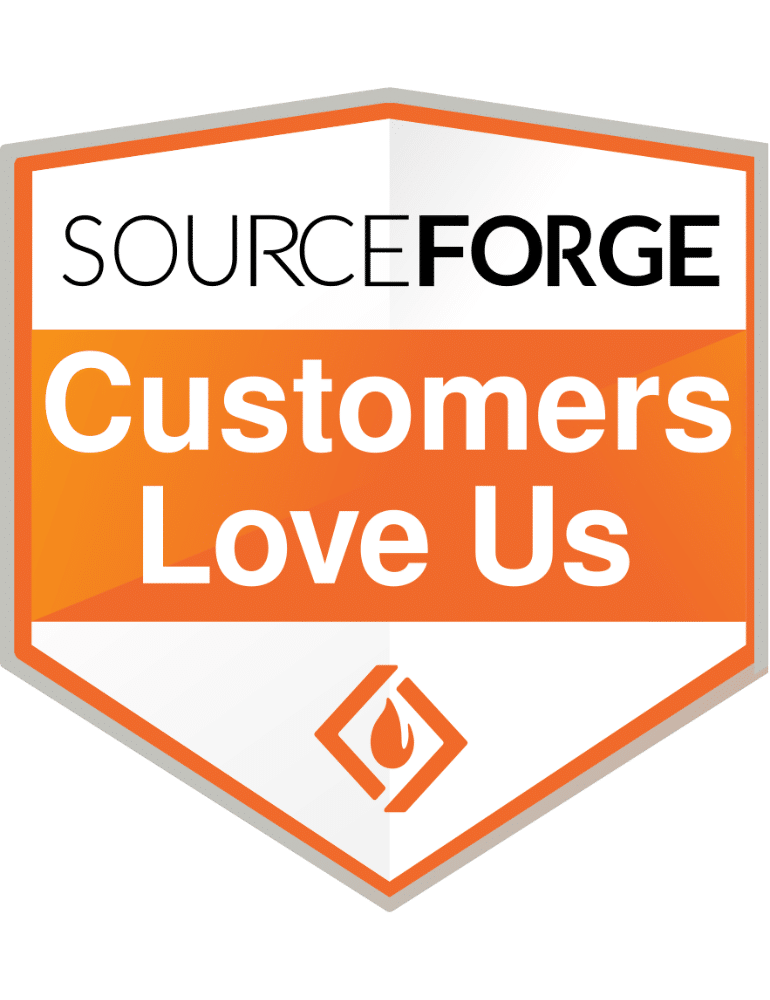What is a Manufacturer Suggested Retail Price (MSRP)?
MSRP stands for Manufacturer Suggested Retail Price. It is the price that a product’s manufacturer recommends retailers use when selling the item to consumers, though stores may choose to sell at a different price.
In-Depth Explanation of Manufacturer Suggested Retail Price (MSRP)?
MSRP, or Manufacturer’s Suggested Retail Price, is the price at which a product’s manufacturer recommends retailers sell the item. This price is typically higher than the wholesale price and serves as a benchmark for both retailers and consumers. MSRP is also known as the list price or sticker price, especially in the automotive industry.
Why It Matters
MSRP plays a crucial role in the retail ecosystem by providing a reference point for pricing. For consumers, it offers a baseline to gauge the value of a product and determine if they’re getting a good deal. Retailers use MSRP to set their own prices, often offering discounts to attract customers while still maintaining profitability.
How It Works
Manufacturers establish the MSRP based on various factors, including production costs, market demand, and desired profit margins. They then communicate this price to retailers, who can choose to sell the product at, below, or above the MSRP. In some cases, manufacturers may enforce minimum advertised pricing (MAP) policies to maintain brand value and prevent excessive discounting.
Key Benefits
MSRP provides several advantages for all parties involved in the retail process. For manufacturers, it helps maintain brand perception and value. Retailers benefit from a pricing guideline that allows them to offer competitive discounts while still making a profit. Consumers can use MSRP to compare prices across different retailers and make informed purchasing decisions.
Relevant Stats or Facts
According to a 2020 study by Profitero, the average online price for products is 13% below MSRP. In the automotive industry, customers pay an average of 96% of MSRP for new vehicles.
Importance of Manufacturer Suggested Retail Price (MSRP)
MSRP plays a crucial role in shaping the pricing strategy for businesses, especially in the retail and eCommerce sectors. It serves as a benchmark for both consumers and sellers, helping to establish a product’s perceived value in the market. For businesses, MSRP provides a starting point for determining their own pricing structure, allowing them to factor in their costs, profit margins, and competitive positioning. This suggested price also helps maintain consistency across different sales channels and prevents price wars among retailers, which can ultimately protect brand value and profitability.
In the world of product data management and eCommerce, MSRP is an essential piece of information that needs to be accurately tracked and maintained. It’s often included in product catalogs, databases, and feeds that are shared with various sales channels and partners. Keeping MSRP up to date ensures that all parties involved in the sales process have access to the most current pricing information, which is crucial for maintaining pricing integrity and avoiding confusion among consumers. Additionally, MSRP can be used as a reference point for creating promotional offers, calculating discounts, and developing dynamic pricing strategies in eCommerce platforms.
For businesses operating in the United States, MSRP holds particular significance due to the country’s competitive retail landscape and consumer expectations. American shoppers are often savvy when it comes to comparing prices and looking for deals, making MSRP an important tool for communicating value. By displaying both the MSRP and the actual selling price, businesses can highlight the savings they’re offering to customers, potentially increasing sales and customer satisfaction. Furthermore, MSRP helps businesses navigate the complex world of MAP (Minimum Advertised Price) policies, which are common in the US market and require careful consideration when setting prices and creating marketing materials.
Related Terms
Examples of Manufacturer Suggested Retail Prices
Fashion/Apparel Retailer
In the fast-paced world of fashion, MSRP (Manufacturer’s Suggested Retail Price) plays a pivotal role in establishing pricing strategies. For an apparel retailer, MSRP serves as a baseline to determine the final sale price of clothing items. Retailers might use MSRP to gauge the perceived value of a new season’s collection, aligning it with their brand image. Discounts or premium mark-ups can then be strategically applied to influence consumer perception and accommodate seasonal promotions or sales events.
HVAC Manufacturer
For an HVAC manufacturer, MSRP is a critical element in guiding distributors and dealers on how to price heating and cooling systems. The MSRP ensures consistency across various sales channels and helps avoid price wars among competing resellers. Additionally, the manufacturer might use MSRP to communicate the value of new energy-efficient features and technological advancements to the end consumer. This assists in maintaining brand integrity while informing buying decisions for both dealers and potential end-users.
Distributor of Auto Parts
Within the auto parts industry, a distributor heavily relies on MSRP to provide transparency and fairness in pricing for both retailers and consumers. By adhering to MSRP, the distributor ensures uniform pricing for parts across different regions and outlets, which helps in building trust with automotive service providers and DIY customers alike. Distributors also use MSRP as a benchmark for offering promotional deals or bulk purchase discounts, which can effectively increase sales volume while retaining a competitive edge in the market.
Brand Owner of Homewares Products Predominantly Selling on Marketplaces & Retailers
For a brand owner in the homewares sector selling via marketplaces like Walmart, Lowe’s, and Wayfair, MSRP is a foundational tool for market positioning and competitive analysis. Ensuring the consistency of MSRP across online and physical retail platforms helps brand owners protect their pricing integrity and align with retailer agreements. With the prevalence of dynamic pricing in e-commerce, the MSRP offers a stable reference point for consumers, helping differentiate the brand’s offerings from similar products and enhancing the perceived quality and value of their homewares.
Synonyms
Common synonyms for “Manufacturer Suggested Retail Price” include:
- List price
- Sticker price
- Retail price
- Recommended retail price
Manufacturer Suggested Retail Price (MSRP) and PIM
MSRP, which stands for Manufacturer Suggested Retail Price, is a crucial concept in the world of retail and eCommerce. It represents the price at which a manufacturer recommends retailers sell a particular product to consumers. This suggested price serves as a guideline for both retailers and customers, helping to establish a baseline value for the item. While retailers are not obligated to follow the MSRP, it often influences their pricing strategies and helps maintain consistency across different sales channels.
In the context of product information management (PIM) solutions, MSRP plays a significant role in organizing and distributing accurate pricing data. PIM systems allow companies to centralize and manage various product attributes, including pricing information. By storing MSRP data within a PIM solution, businesses can ensure that all their sales channels, from physical stores to online marketplaces, have access to the most up to date pricing recommendations. This consistency helps maintain brand integrity and prevents confusion among customers who might encounter different prices for the same product across multiple platforms.
Furthermore, PIM solutions enable companies to efficiently manage MSRP changes and updates across their entire product catalog. For instance, if a manufacturer decides to adjust the MSRP for a line of kitchen appliances, the PIM system can quickly disseminate this information to all relevant channels. This capability is particularly valuable for businesses with extensive product ranges or those operating in dynamic markets where prices fluctuate frequently. By leveraging a PIM solution to manage MSRP data, companies can streamline their pricing processes, reduce errors, and respond more swiftly to market changes, ultimately enhancing their competitiveness in the eCommerce landscape.
Frequently Asked Questions
Why is MSRP important for retailers?
MSRP plays a crucial role for retailers as it serves as a benchmark for pricing. It helps maintain consistency across different sales channels and provides a reference point for consumers. Retailers often use MSRP to determine their own pricing strategies, such as offering discounts or maintaining competitive prices. Additionally, MSRP can help retailers communicate value to customers and justify their pricing decisions.
Can sellers legally sell products above MSRP?
Yes, sellers can legally sell products above MSRP. The manufacturer’s suggested retail price is just that a suggestion. Retailers have the freedom to set their own prices based on market conditions, demand, and their business strategies. However, selling significantly above MSRP may impact customer perception and potentially harm sales. It’s important for sellers to consider their target market, competition, and overall pricing strategy when deciding to sell above MSRP.
How often do manufacturers update MSRP?
Manufacturers typically update MSRP on an annual or seasonal basis, but the frequency can vary depending on the industry and market conditions. Some factors that may prompt MSRP updates include changes in production costs, shifts in consumer demand, new product features, or competitive pressures. For retailers and eCommerce businesses, staying informed about MSRP changes is crucial for maintaining accurate pricing and product information across all sales channels.







